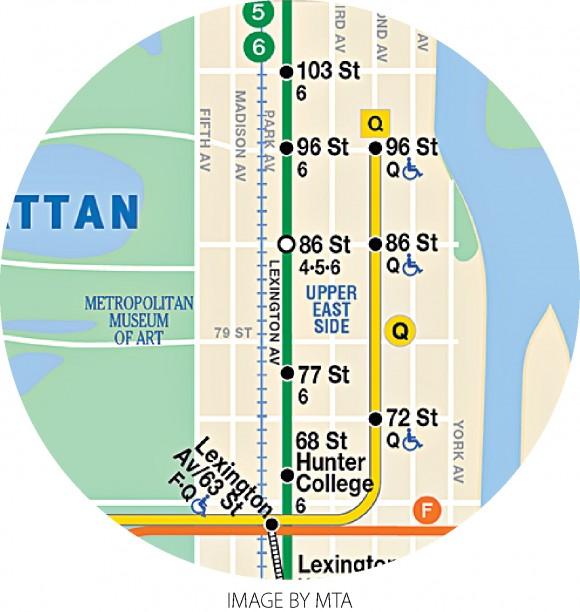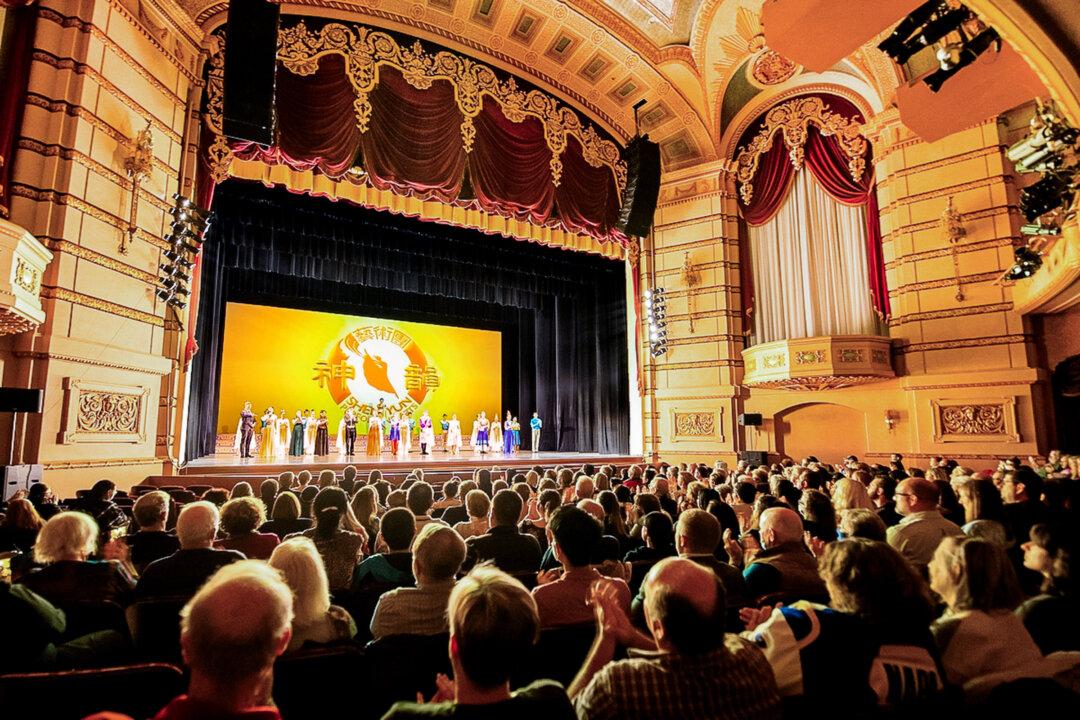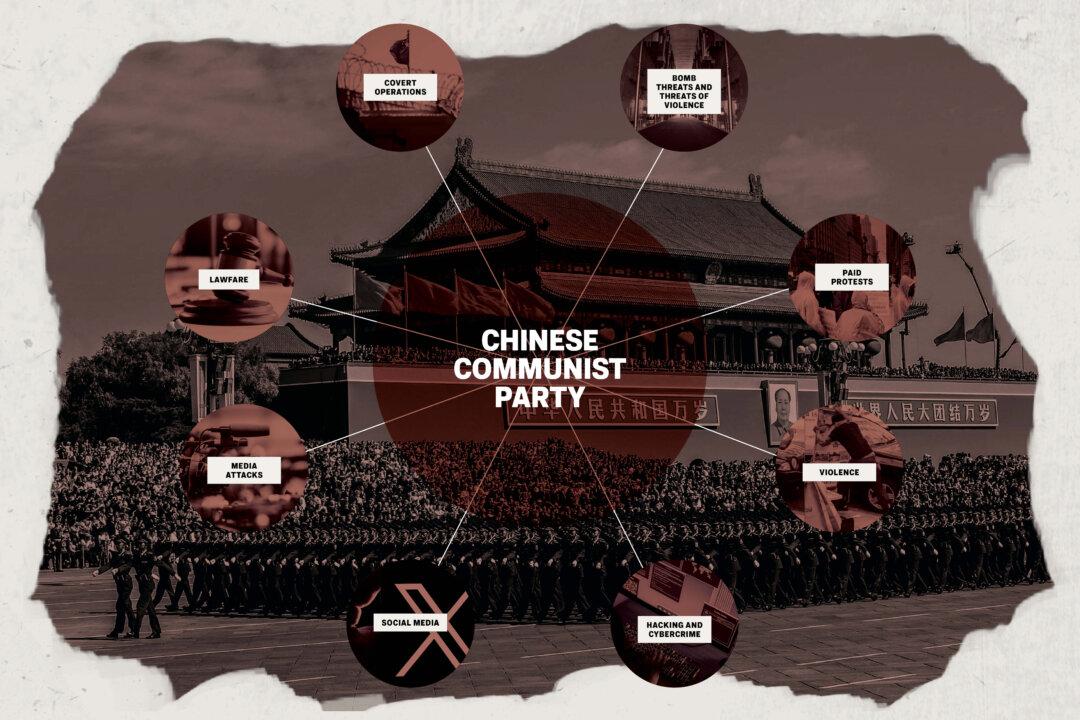NEW YORK—Angel Radcliffe couldn’t believe her luck. She recently moved to the Upper East Side in Manhattan and had prepared herself for the half-mile walk to the subway. Now she has a station just two blocks from her apartment on Second Avenue.
“It’s so convenient. It’s amazing,” she said.
Other New Yorkers shared similar sentiments after the first portion of the Second Avenue Subway opened at noon on Jan. 1 as part of the Q line. It’s not that the three new subway stops (96th, 86th, and 72nd streets) will make an enormous difference to most people; it’s more that they had stopped expecting it to come to fruition.

The new portion of the Q line from 63rd Street to 96th Street.




